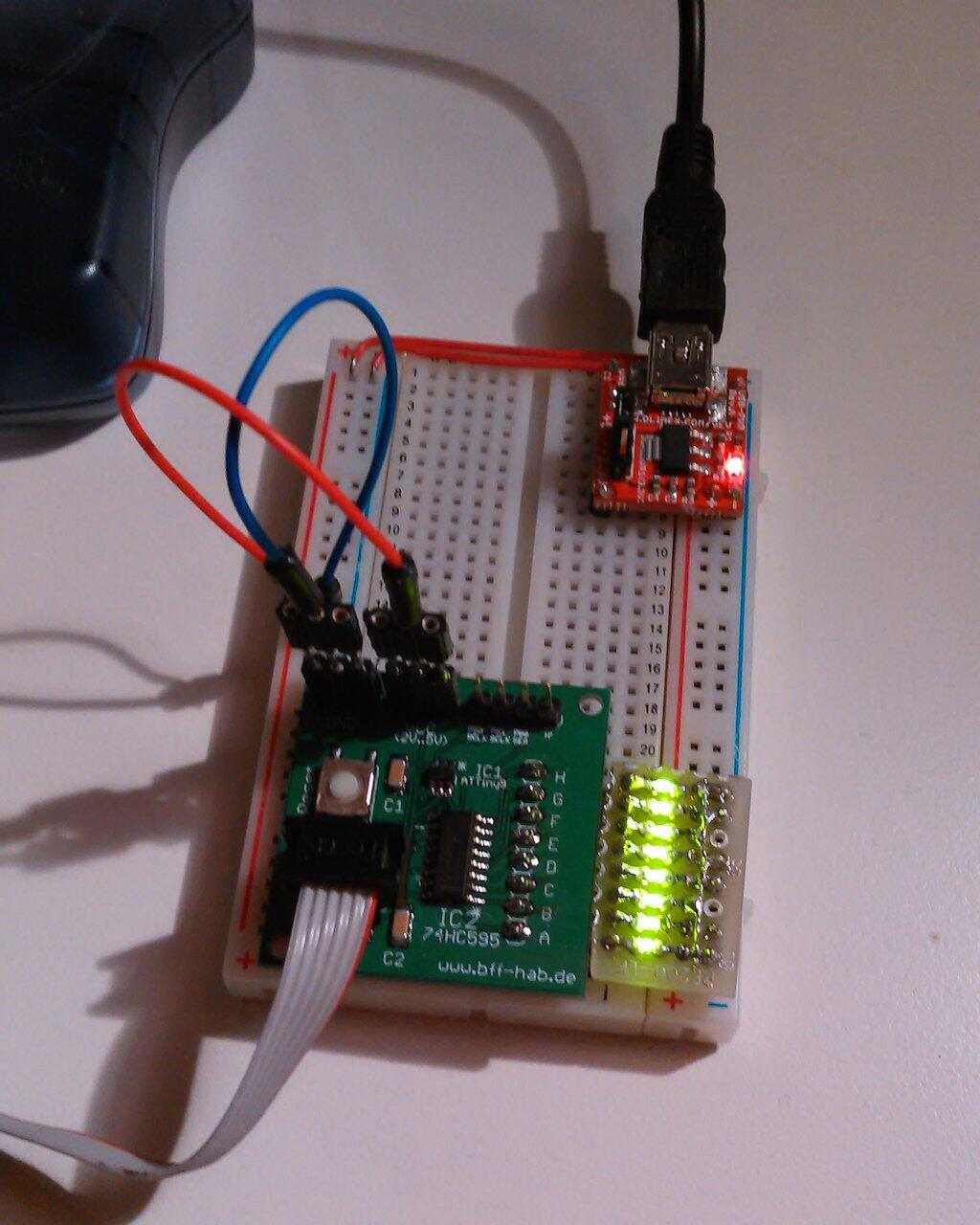Recently I found some new bug in ssl-cert-check, my tool for checking the expiry dates of local and remote SSL certificates. The tool has worked fine for me over the years, but I used to have expiry dates that were very close to another, so I never noticed that it did not work for web servers using SNI to serve multiple domains with virtual hosts from the same IP address. I am sorry I did not think of this earlier. I fixed the bug now and in case you have such a setup, I encourage you to get the new release.
I also noticed it becomes cumbersome to maintain the updates with blog posts and downloads here. Therefore, ssl-cert-check is now on Github and I will continue to make releases from there.
You can get the latest release tagged 2014-08-20 either as a local download or from github.com.



